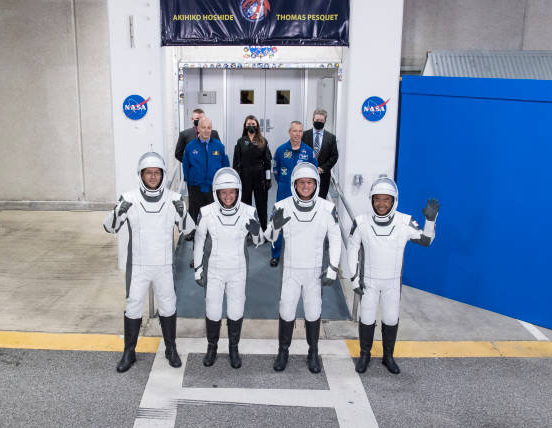
For those with an unyielding fascination for the enigmatic red planet, NASA’s latest call might just be the opportunity of a lifetime. In a bid to prepare for the eventual human exploration of Mars, the space agency is embarking on its second CHAPEA (Crew Health and Performance Exploration Analog) mission, slated to commence in the spring of 2025.
The mission entails a rigorous year-long endeavor, where a team of four intrepid individuals will inhabit Mars Dune Alpha, a 1,700-square-foot 3D-printed habitat nestled within NASA’s Johnson Space Center in Houston. This simulated Martian environment aims to emulate the challenges and conditions anticipated by future astronauts destined for the Martian surface.
Journey to the Red Planet
Within the confines of Mars Dune Alpha, participants will immerse themselves in a myriad of activities essential for survival and scientific exploration.
From cultivating crops to maintaining habitat integrity, from conducting robotic operations to embarking on simulated spacewalks, the crew will grapple with real-world issues synonymous with deep space missions – equipment malfunctions, communication lags, environmental stressors, and the daunting prospect of resource scarcity.
As NASA opens its doors for prospective applicants, stringent criteria underscore the selection process. Prospective “Martians” must be nonsmoking, healthy US citizens aged between 30 and 55, proficient in English, and possess a fervent desire for extraordinary adventures intertwined with a commitment to furthering NASA’s Martian ambitions.
Read more: Unsupported CPUs Face Boot Block In Upcoming Windows 11 Release
The Selection Process for NASA’s Martian Crew

Similar to astronaut selection, candidates are expected to hold a master’s degree in a STEM field or a medical degree, alongside requisite professional experience or pilot-in-command hours.
The arduous selection journey spans up to 13 months, encompassing rigorous medical, psychological, and psychiatric evaluations to ascertain the candidates’ resilience and suitability for prolonged isolation.
With food allergies and specific medications potentially posing disqualifying factors, aspirants delve into the intricacies of compensation arrangements while undergoing screening.
Meanwhile, the inaugural CHAPEA mission, launched in June 2023, nears its culmination, with its crew – comprising research scientist Kelly Haston, structural engineer Ross Brockwell, emergency medicine physician Nathan Jones, and microbiologist Anca Selariu – navigating the challenges of confinement with commendable resolve.
From harvesting their inaugural crops to embarking on simulated Martian excursions, the team’s endeavors serve as a blueprint for future missions, enriching NASA’s understanding of sustaining human presence in the Martian hinterland.
With three CHAPEA missions on the horizon, each heralding similar goals of fortifying our grasp on Martian habitation, NASA’s quest for Martian pioneers marches steadfastly forward.
As Anna Schneider, public affairs officer at Johnson Space Center, affirms, the upcoming mission mirrors its predecessor, poised to glean invaluable insights into the intricacies of Martian exploration, paving the way for humanity’s odyssey towards the crimson frontier.
Read more: Google Joins Forces To Track Methane With New Satellite

